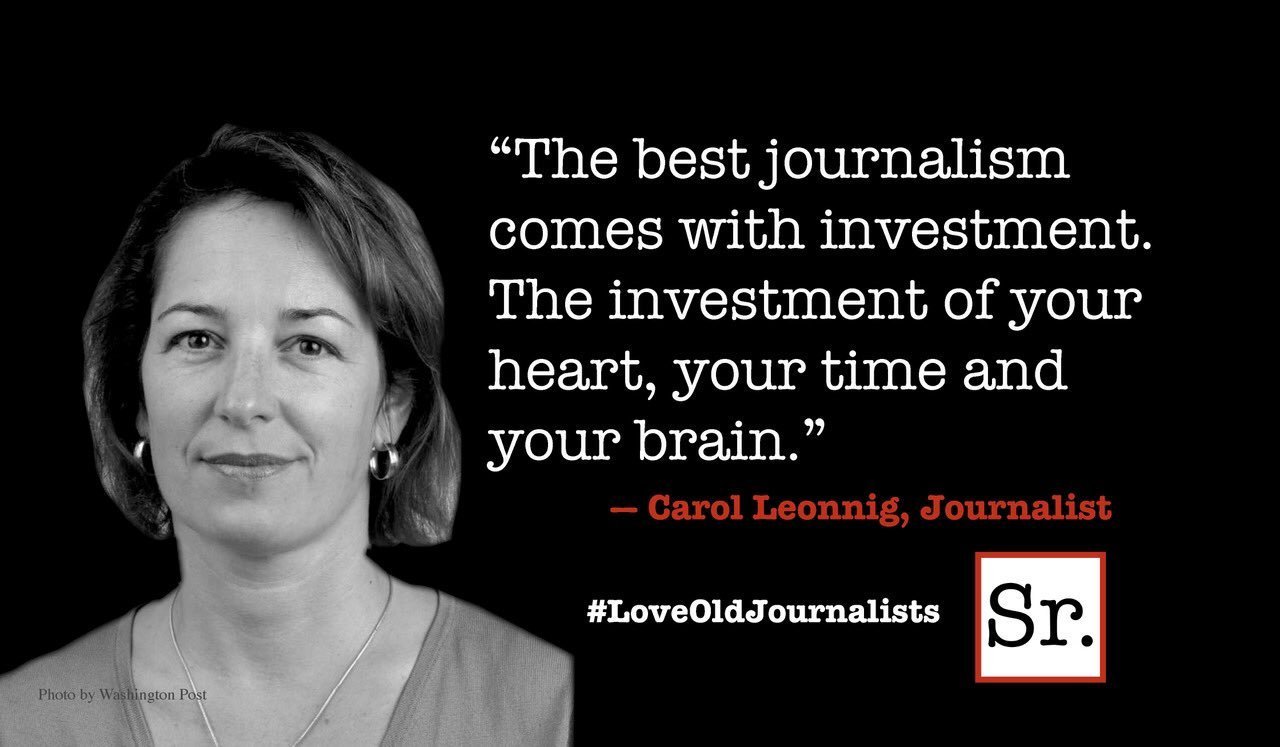I’ve read a lot of books on strategy. The best ones influenced my mode of operation as an executive of Jacobs Suchard, the maker of coffee and chocolate brands, Jacobs, Nabob, Toblerone, Suchard and Côte d'Or. I was devoted to master strategies and “big play” innovations that ideally position a company to dominate their chosen market(s) and enjoy sustainable competitive advantages. The philosophy begins with a mindset obsessed with the competition. It worked well for me in my 17 years at Jacobs Suchard, although I am the first to admit that we managed just two blockbuster strategic innovations over that time period; both were technical in nature, and thankfully, both were well-marketed. Looking back, two big, game-changing plays was a damn good record.
Big plays are the stories business journalists love to write about. In today’s world, Apple, Google and Facebook are the poster boys of transformational innovation. But, should every company be striving for this type of strategic advantage? Not necessarily. At the other end of the transformational spectrum are thousands of firms that have made the conscious decision not to fuss over competitive rivalry. They set their sights on another perfectly good strategy – the strategy of hustle, getting things done. They concentrate on the operational details and operate within a quick and nimble modus operandi. The "get it done" strategy can be highly effective in a vast number of industries.
Successful private label manufacturers have been operating this way for years. Mother Parker’s Tea & Coffee is a premier North American private label manufacturer. This company is content to let the “branded” players develop new products, new forms of packaging, and new manufacturing processes; they’re not bashful about replicating advancements to ensure their customers aren’t disadvantaged. In cases where "get it done" companies do unleash innovations in systems, processes, products or services, the innovations seldom qualify as transformational innovations. The innovations are incremental, and often easily copied. No big deal.
Hustle is a strategy that delivers superior results to thousands of retailers, restaurants, and service companies. I can’t think of a better example than California-based In-N-Out Burger. Unlike so many other fast food restaurants, this one has earned the word “fast” within its category nomenclature. Hustle companies obsessively work at reducing costs and improving products and service. They don’t use their precious time to strategically hypothesize or intellectualize. They map a course of action and just do it. From top to bottom, everyone knows the rules of the game. Even recruiting is affected by the strategy; guess who they hire? People who hustle.
This is not to say these companies lack vision. Make no mistake; visions needn’t be so narrow that they are repressive. They are broad enough that employees who thrive on hustle are given the scope to seek new opportunities. When all is said and done, regardless of whether a company is a master strategist or a proponent of the hustle mindset, superior execution is critical. In the case of the "get it done" companies, superior execution is imbedded into a culture that thrills customers and shareholders.









